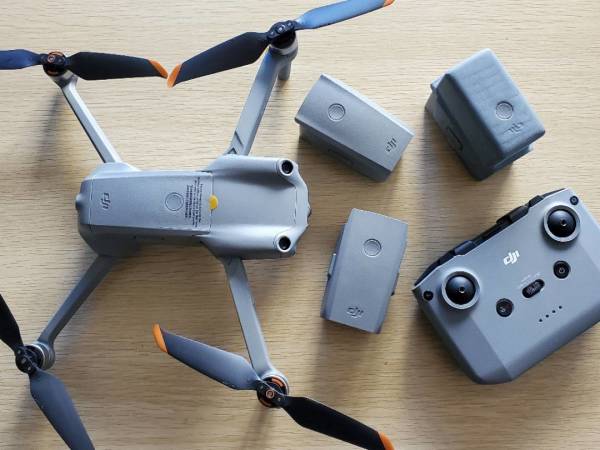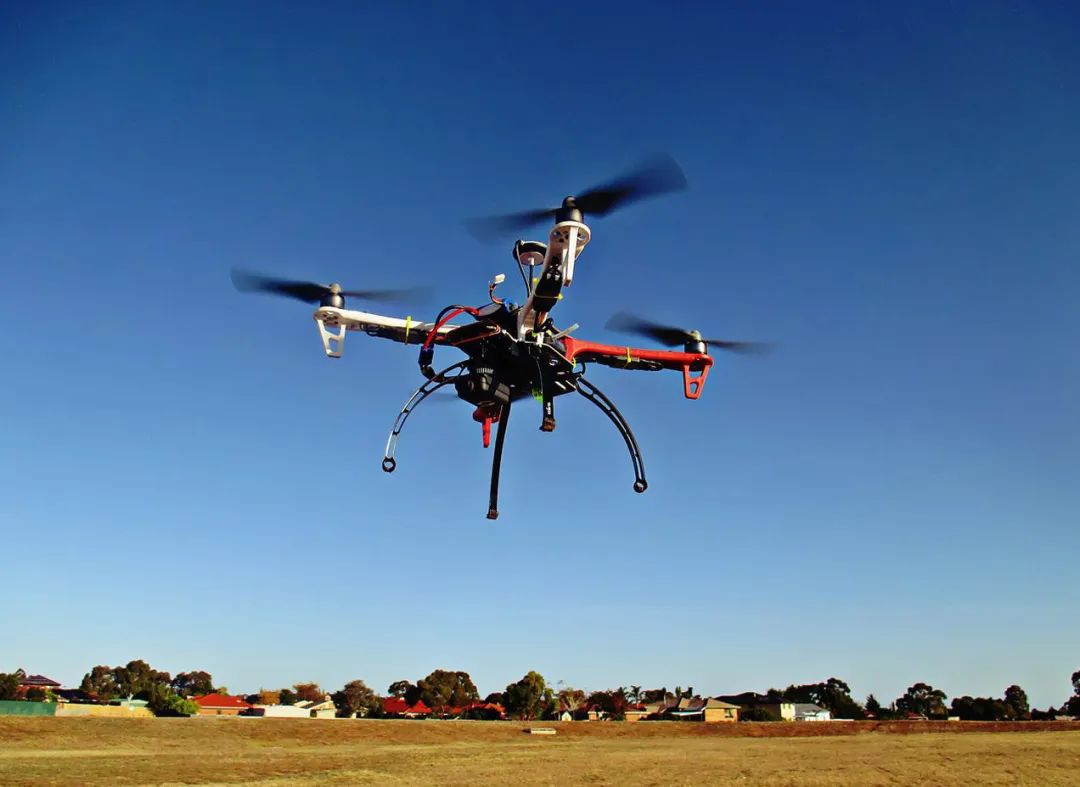NATO’s role in ensuring the security of its member countries was put to the test recently when Romania scrambled its fighter jets following an intrusion by a Russian drone. The incident highlights the strategic dynamics in Eastern Europe and raises questions about military preparedness and diplomatic interactions in the region.
Heightened Tensions and Aerospace Incursions
The skies over Eastern Europe have seen their share of tension due to various aerial incursions. With Romania being a crucial member of the North Atlantic Treaty Organization (NATO), any violation of its airspace triggers immediate response protocols. The recent event, where a Russian drone breached Romania’s airspace, underscores the volatile geopolitical environment in the area. As Romania scrambles NATO jets to intercept potential threats, it sends a clear message about the defensive posture and collective security apparatus of NATO.
Romanian officials noted the swift response was in line with standard operational procedures. Air Force personnel are trained to act decisively to any unidentified aerial vehicles entering their airspace without authorization, which, in this case, forced them to act promptly.
Technological Threats and the Need for Readiness
Drone technology, while beneficial in many civil applications, is increasingly utilized for surveillance and sometimes testing boundaries. This incident with the Russian drone questions the airline integrity and air defense systems of NATO members. NATO’s commitment to bolstering air defenses, particularly against unmanned vehicles, highlights the importance of constant vigilance. Romania’s quick action is an example of how nations are adapting to new forms of technological warfare, ensuring that their aerospace is inviolable.
International Reactions and Diplomatic Consequences
 International reactions to these breaches often vary, but they usually follow a predictable path of condemnation and diplomatic engagement. Russia’s explanation for the drone’s trajectory remains unclear, and typical responses range from expressions of concern to stronger diplomatic protests. It raises questions about broader strategic intentions and necessitates dialogues about the limits and consequences of aerial spying during heightened regional tensions.
International reactions to these breaches often vary, but they usually follow a predictable path of condemnation and diplomatic engagement. Russia’s explanation for the drone’s trajectory remains unclear, and typical responses range from expressions of concern to stronger diplomatic protests. It raises questions about broader strategic intentions and necessitates dialogues about the limits and consequences of aerial spying during heightened regional tensions.
This incident may prompt NATO to reconsider its current aerial defense postures and adaptation to new warfare technology.
- What happened when the Russian drone was detected?
- How did Romania coordinate with NATO for the response?
- Is there an expected change in NATO’s aerial defense strategies?

These inquiries demand comprehensive discussions among the alliance members aimed at strengthening their defensive measures and ensuring cohesive policies are in place.
Ultimately, the breach serves as a reminder of the ever-present need for vigilance and the importance of maintaining robust defense systems. As new technologies continue to evolve, so too must the strategies employed to counteract potential threats. While technology advances, the human element—preparedness, decision-making, and rapid response—remains indispensable.
FAQs:
1. Why is Eastern Europe a significant focus for NATO?
Eastern Europe is strategically important due to its proximity to potential adversaries and its influence in regional stability. NATO’s presence aims to deter aggression and assure member allies of collective security.
2. What are the typical protocols for airspace breaches?
Upon detection of an unauthorized entry, jets are typically scrambled to intercept and identify the intruding craft. Depending on the threat level, further diplomatic or military actions may follow.
3. How does drone technology impact national security?
Drones can be used for reconnaissance, intelligence, and sometimes offensive actions. They pose a challenge as they require advanced detection and neutralization strategies, prompting nations to innovate rapidly in defense technology.